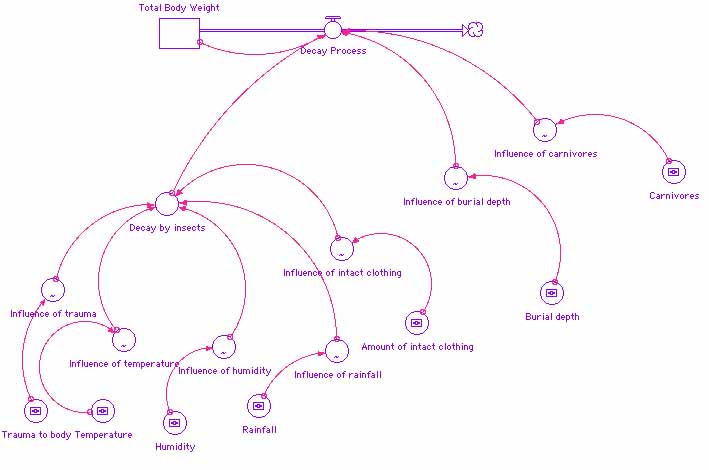Today, in class, I learnt about Modeling and Simulation. These are the notes I manage to jot down.
Modeling and simulation
What is a model? See
(shannon)
a representation of an object, a system, or an idea in some form other than that of the
entity itself.
Types of models
~Physical
scale models, prototype plants
~Mathematical-analytical queuing models, linear programs,simulation (our focus)
What is simulation?
Simulation of a system is the operation of a model, which is
a representation of that system.
The model is amendable t manipulation which would be
impossible, too expensive or too impractical to perform on the system which it
portrays.
The operation of the model can be studies and from this,
properties concerning the behavior of the actual system can be inferred.
Applications:
Designing and analyzing manufacturing systems
Evaluating HW and SW requirements for a computer system
Evaluating a new military weapons systems or tactics
Determine ordering policies for an inventory system
Design communications systems and msg protocols for them.
Design and operate transportation facilities like freeways,
airports, subways or ports
Evaluating design for service organizations such as
hospitals post offices or fast food rest.
Analyze financial or economic systems
Steps in simulation and model building
1 define an achievable goal
2 put together a complex mix of skills on the team
3 involve the end-user
4 choose the appropriate simulation tools
5 model the appropriate lvl(s) of detail
6 start early to collect the necessary input data
Why teach with simulations?
1. deep learning
~Deep learning means student can learn scientific methods
including
2. model building
3. Experiments and simulations
~Relationships among variables
4. Develop a feel for what variables are important and the
significance of magnitude changes in parameter
5. Data issues, probability and sampling theory
6. Predict outcomes
Learn to reflect on and extend knowledge by:
Actively engaging in student-student or instructor-student
conversations
 STELLA is a programme under ISEE SYSTEMS
that offers a practical way to dynamically visualize and communicate how complex
systems and ideas really work. It is a fantastic simulation programme that
allows users to test and repeat processes and the corresponding results,
without having to go through tedious preparation efforts and saves plenty of
time.
STELLA is a programme under ISEE SYSTEMS
that offers a practical way to dynamically visualize and communicate how complex
systems and ideas really work. It is a fantastic simulation programme that
allows users to test and repeat processes and the corresponding results,
without having to go through tedious preparation efforts and saves plenty of
time.



